Wood panelling has made a big comeback in home decor—and it’s easy to see why. Wood wall panelling, in particular, offers a timeless and stylish way to refresh a space.—and it’s easy to see why. Whether you love the timeless charm of classic wood panels or prefer a sleek, modern design, panelling adds warmth, texture, and personality to any space. Plus, it’s a clever way to cover wall imperfections, improve insulation, and add durability. With so many styles to choose from, you can go for a rustic cottage feel or a chic, contemporary look without much hassle.
The best part? You don’t need a tradesperson to get it done. With a bit of patience and the right tools, you can give your room a stylish makeover in just a weekend. Here’s how.
Choosing Your Panelling Style
Before you dive in, think about the look you want. Different styles create different moods, so it’s worth taking the time to pick the right one for your space:
- Shaker-style panelling: Clean, simple lines that suit both modern and traditional interiors. Great for living rooms and bedrooms.
- Beadboard panelling: Vertical planks with grooves (or ‘beads’) that add a cosy, cottage-like feel—perfect for kitchens, bathrooms, or hallways.
- Board and batten panelling: Wide panels paired with vertical battens for a bold, structured look. Ideal for statement walls.
- Slatted panelling: Sleek, evenly spaced slats that add texture and improve acoustics. A top choice for contemporary rooms.
Once you’ve chosen a style, it’s time to get to work.
What You’ll Need
Make sure you have all your materials ready before you start:
- MDF boards (Medium-Density Fibreboard is affordable and easy to paint)
- Strong adhesive (like No More Nails)
- Decorator’s caulk
- Primer and paint
- Saw (mitre saw for speed, hand saw for precision)
- Sandpaper
- Spirit level
- Caulking gun
- Paintbrush and roller
- Measuring tape and pencil
Step 1: Measure and Plan
Measure twice, cut once! Grab your tape measure and jot down your wall dimensions. Sketch your design on paper or use masking tape to map it out directly on the wall. If you’re going for a grid-style pattern, double-check your spacing for symmetry.
Step 2: Cut Your Panels
Using your measurements, mark the MDF and cut the panels to size. A mitre saw makes this job quicker, but a hand saw works too—just go slowly for a cleaner finish. Once cut, sand the edges to remove any splinters.
Step 3: Attach the Panels
Apply adhesive to the back of each panel and press it firmly onto the wall. Start with the vertical pieces and use a spirit level to keep them straight. Then add the horizontal panels, making sure the gaps are even.
For extra stability, you can add nails or screws, especially if your walls are uneven. Hold each panel in place for a few seconds to secure the bond.
Step 4: Fill Gaps and Smooth Joints
Once the adhesive has set, use decorator’s caulk to fill any gaps between the panels and the wall. Run a finger or a caulking tool along the edges for a smooth, seamless finish. Let the caulk dry completely before painting.
Step 5: Prime and Paint
MDF tends to soak up paint, so start with a primer. This ensures a smooth, even base for your topcoat. Once the primer has dried, paint the panels with your chosen colour. Use a brush for the edges and a roller for larger areas. Two coats usually give the best finish.
Finishing Touches and Maintenance
Step back and admire your handiwork—you’ve just transformed your space without a hefty price tag!
To keep your panelling looking fresh, dust it regularly and wipe it down with a damp cloth when needed. Keep a small pot of leftover paint for quick touch-ups if scuffs or marks appear.
Final Thoughts
Wall panelling is a rewarding DIY project that adds character, warmth, and a touch of sophistication to any room. Whether you want a cosy, traditional look or a sleek, modern design, panelling is a budget-friendly way to upgrade your space.
And remember, if you get stuck or need some extra confidence, there are plenty of video tutorials online to guide you through the process. But be warned: once you’ve done one wall, you’ll probably want to panel the whole house!

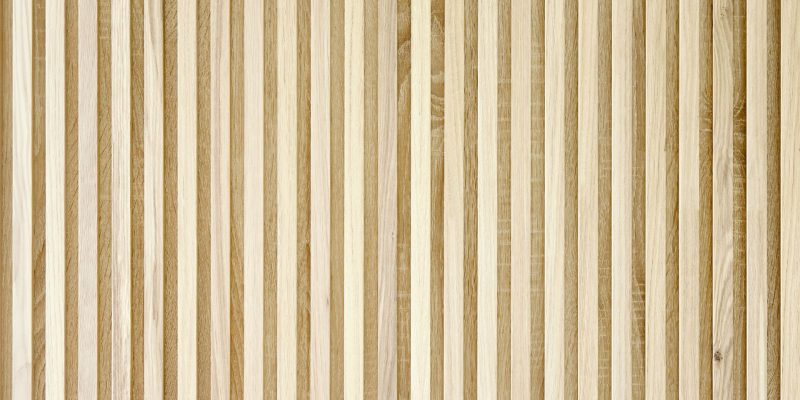
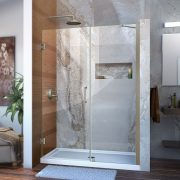
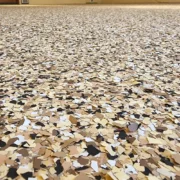
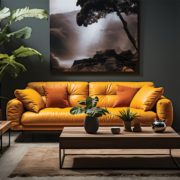
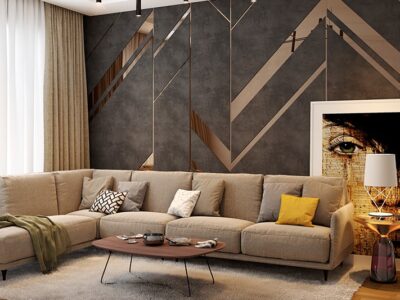
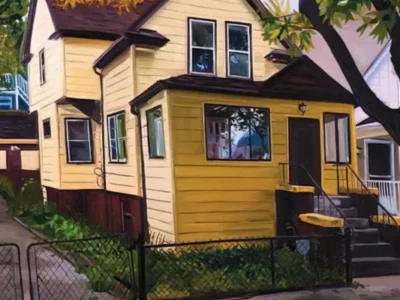
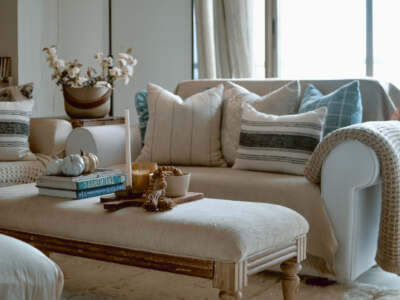
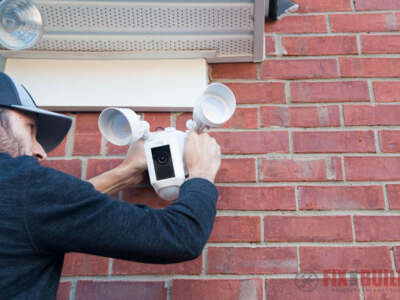


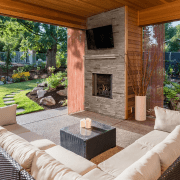

Comments